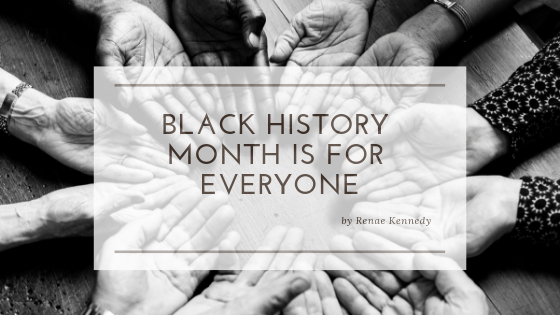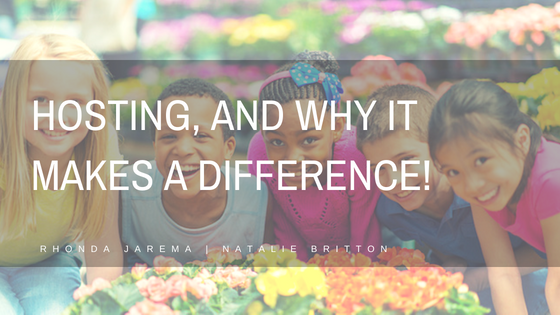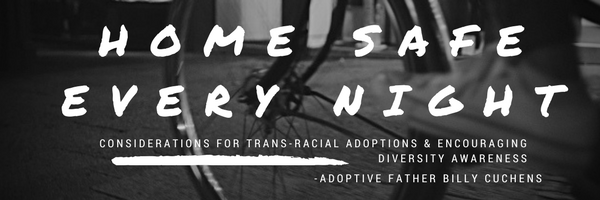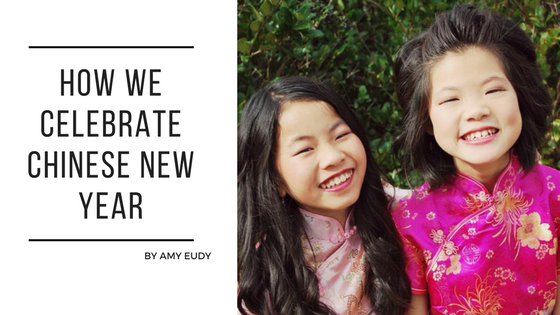As a 46-year-old white woman you may not think I pay much attention to Black History Month. Thankfully adoption has made it an integral part of my life and I’m honored to share what it means to my family. My Afro-Colombian daughter will tell you her race is black but her heritage is Hispanic. […]





